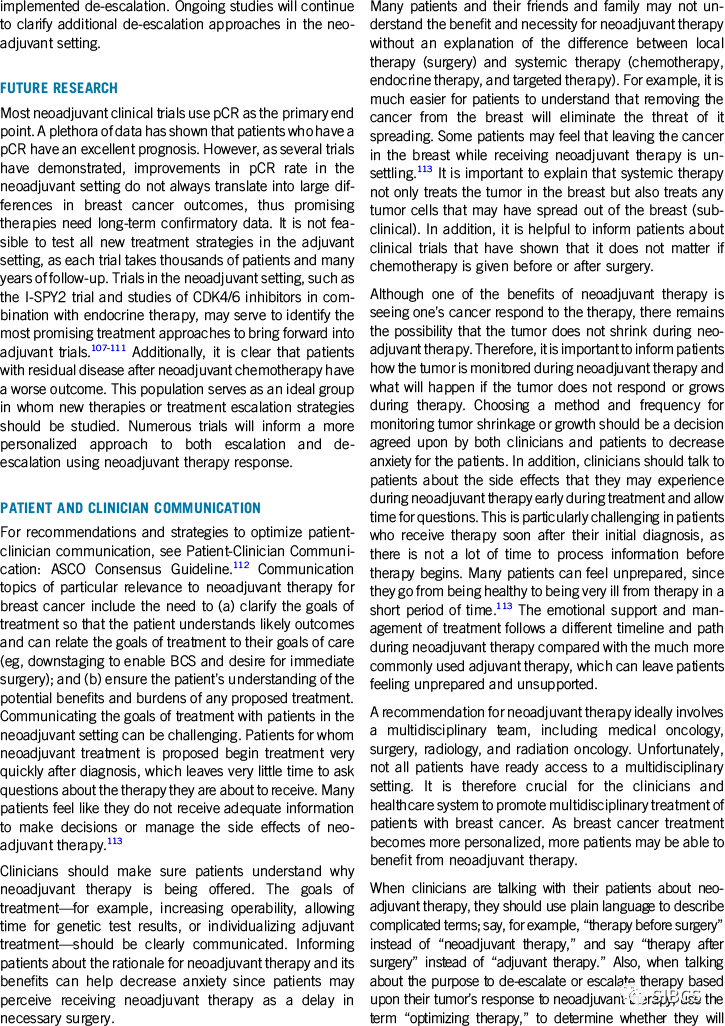### Understanding the Federal Direct Subsidized Loan Definition: A Comprehensive Guide for Students
#### What is a Federal Direct Subsidized Loan?A **Federal Direct Subsidized Loan** is a type of financial aid provided by the U.S. Department of Education t……
#### What is a Federal Direct Subsidized Loan?
A **Federal Direct Subsidized Loan** is a type of financial aid provided by the U.S. Department of Education to help students pay for their college education. This loan is specifically designed for undergraduate students who demonstrate financial need, based on their Free Application for Federal Student Aid (FAFSA). The key feature of this loan is that the federal government pays the interest on the loan while the student is enrolled in school at least half-time, during the grace period, and during any deferment periods.
#### Key Features of Federal Direct Subsidized Loans
One of the most appealing aspects of the **federal direct subsidized loan definition** is its favorable terms compared to other loan types. Here are some key features:
1. **Interest Subsidy**: As mentioned, the government covers the interest on the loan while the student is in school, which can significantly reduce the overall cost of borrowing.
2. **Fixed Interest Rates**: The interest rates for federal direct subsidized loans are fixed, meaning they will not change over the life of the loan. This provides predictability for borrowers when planning their finances.
3. **Repayment Options**: Students have various repayment plans available to them, including income-driven repayment plans that can adjust monthly payments based on income.
4. **Loan Limits**: There are annual and aggregate loan limits for subsidized loans, which depend on the student’s year in school and dependency status. This ensures that students do not borrow more than they need.

5. **Eligibility Requirements**: To qualify for a federal direct subsidized loan, students must demonstrate financial need and be enrolled at least half-time in an eligible program. Additionally, they must be U.S. citizens or eligible non-citizens.
#### How to Apply for a Federal Direct Subsidized Loan
Applying for a federal direct subsidized loan involves several steps:
1. **Complete the FAFSA**: The first step is to fill out the Free Application for Federal Student Aid (FAFSA). This form collects financial information to determine eligibility for federal financial aid, including subsidized loans.
2. **Review Your Financial Aid Offer**: After submitting the FAFSA, students will receive a financial aid offer from their school, detailing the types and amounts of aid they are eligible for, including federal direct subsidized loans.
3. **Accept the Loan**: Students must formally accept the loan offer, usually through their school’s financial aid office or portal.

4. **Complete Entrance Counseling**: First-time borrowers are required to complete entrance counseling to ensure they understand the terms of the loan and their responsibilities.
5. **Sign the Master Promissory Note (MPN)**: This is a legal document in which the borrower agrees to the terms and conditions of the loan.
#### Repayment of Federal Direct Subsidized Loans
Once a student graduates, leaves school, or drops below half-time enrollment, they enter a six-month grace period before they must start repaying their loans. During this time, no payments are required, and interest does not accrue on subsidized loans.
Students can choose from several repayment plans, including:
- **Standard Repayment Plan**: Fixed monthly payments over a 10-year period.

- **Graduated Repayment Plan**: Payments start lower and gradually increase, typically every two years.
- **Income-Driven Repayment Plans**: Payments are based on income and family size, which can make repayment more manageable for borrowers with lower incomes.
#### Conclusion
Understanding the **federal direct subsidized loan definition** is crucial for students looking to finance their education without incurring excessive debt. With its favorable terms, including interest subsidies and flexible repayment options, this loan type can be an invaluable resource for those who qualify. By following the application process and being aware of repayment options, students can make informed decisions about their educational financing.